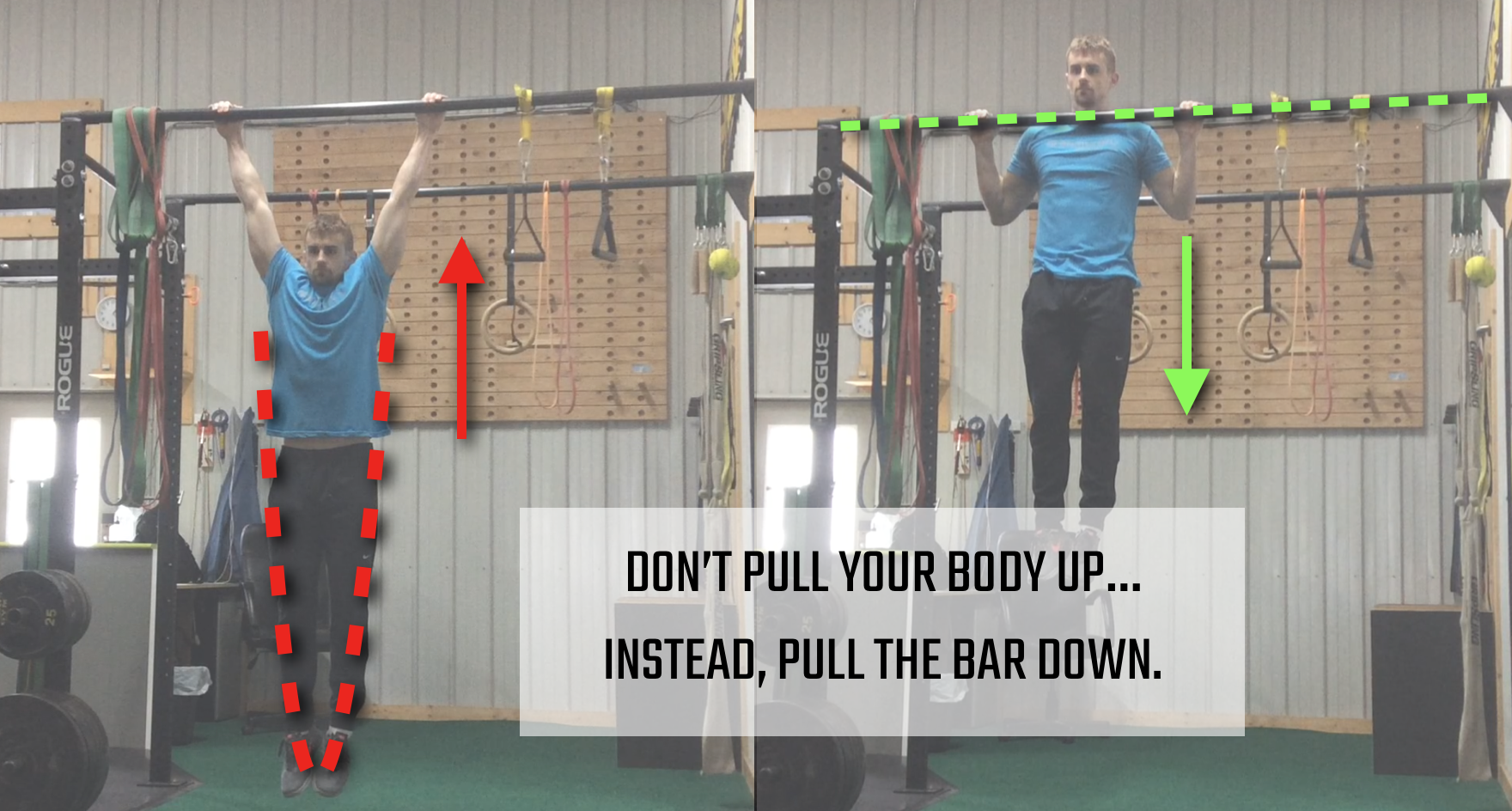The weight is loaded.
You approach the bar, tasked with a set of three squats.
You barely finished your previous set, with a lighter weight, and because of that, you have already convinced yourself that these next thirty seconds of your life are really going to suck.
How are you going to make it out of this set alive?
Don’t frame the set as for “three reps.”
Not only is doing so daunting, it is also inefficient.
When you begin a set and respect its entirety, you end up pacing yourself to make it to the end. This typically leads to reps being done at lower quality and with sub-maximal force, which negatively affects the subsequent rep. Because of this, the set is more difficult than it needs to be.
Optimize
Instead, break the set up mentally and conceive it as three singles instead of a set of three.
Do one rep with maximal force. Collect yourself, then do another rep with the same level of concentration and intent. Then do the same thing one more time.
Although the math all worked out to be the same, using this method got you to your target of three reps in a more efficient way:
Bar speed was better preserved.
Grinding/straining was reduced.
Less fatigue was perceived.
Fewer distractions (fewer reps at a time) led to a better focus on movement quality.
Whenever you come to a grueling set in training, go ahead and mentally break it into smaller parts. Your hard sets will feel less miserable and your strength and conditioning levels will improve faster.


